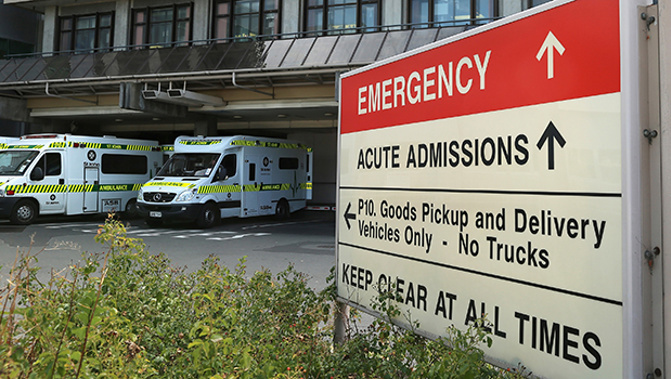
The number of people dropping out of a rheumatic fever treatment programme raises further concerns about the Government's high-profile goal of stamping out the disease, the Green Party says.
The Government made cutting rheumatic fever rates by two-thirds one of its top 10 priorities for the public sector in 2012, but failed to reach its target by the deadline last month.
In the Budget, it halved funding for the programme, as the Ministry of Health decided to focus on the most at-risk population groups rather than every district health board.
Counties Manukau DHB has one of highest rates of rheumatic fever cases. New figures released under the Official Information Act show that 58 of the 628 patients added to a rheumatic fever register in Counties Manukau in the last two years had fallen off their treatment plan.
The DHB said the main reasons for disengaging with their treatment were transience. Patients' contact details were not known or they had left the region.
Green Party co-leader Metiria Turei said the fallout rate created further doubt about the Government's programme.
"I think the health professionals have been working really hard to deal with the rheumatic fever epidemic and to meet the Government's targets.
"But they don't have the resources and they the root causes of rheumatic fever, poor quality housing and overcrowding, are not being addressed."
Health Minister Jonathan Coleman conceded that reducing rheumatic fever rates was "always going to be a challenge".
He underlined the gains made in Counties Manukau to date. By the end of the 2016, there had been a 36 cut in cases from the 2011 baseline.
The minister did not directly answers questions about the fallout rate at the DHB, but said the ministry had included Counties Manukau in its priority areas.
Turei said the Greens would lift funding not only for the prevention programme but for the Warm Up NZ insulation scheme it devised alongside the National Party in 2009.
That scheme has paid for up to half the price of insulation and heating in more than 250,000 homes. The Government put another $18m into it last year, saying the funding would help upgrade 20,000 houses occupied by low income tenants.
However, landlords have been slow to take up the grants and just 3700 houses have been insulated. As a result, Energy Minister Judith Collins said last week that eligibility for the subsidies would be extended again, to low-income homeowners.
The Government set a goal in 2012 to reduce the rheumatic fever rate from 4 cases per 100,000 people to 1.4 cases per 100,000 people by mid-2017.
The rate hit a low of 2.4 cases per 100,000 people in mid-2015, but has since risen again to 3.4 cases per 100,000 people.
Take your Radio, Podcasts and Music with you









